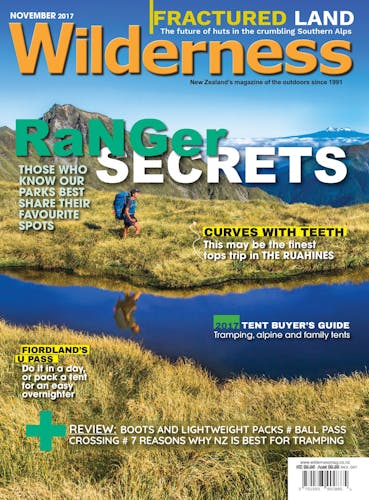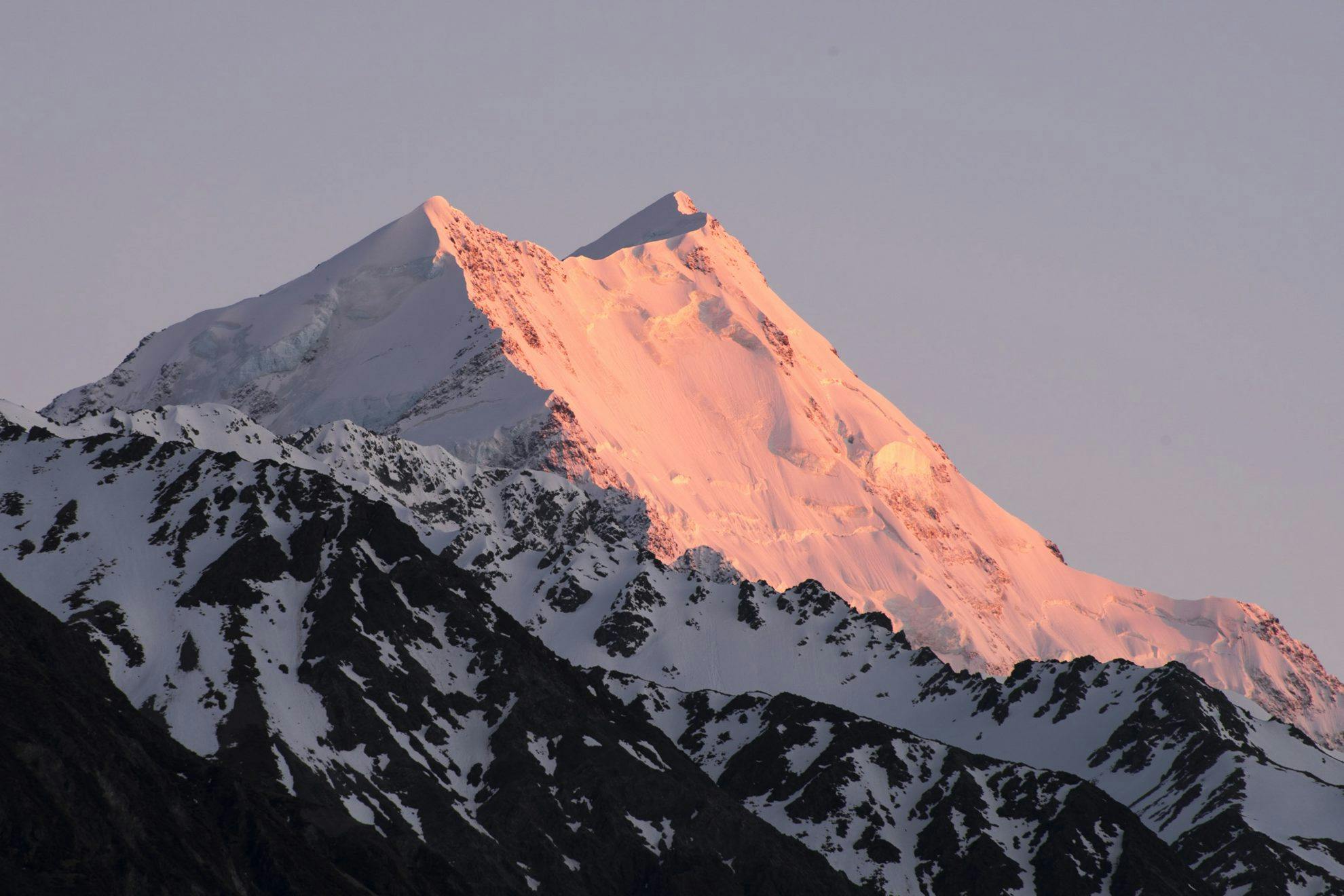Time your visit to the mountains to capture the best (or avoid the worst) light.
Sunrise
Witnessing high mountain peaks bathed in a pre-dawn, pink alpenglow can be a magical experience. The dawn air is clearer than at any other time of day, offering clear views and vivid colours. As the sun breaks the horizon, it casts a wonderful low and warm light across the landscape, offering some of the best lighting of the day.
Daytime
In the middle of a bright summer’s day the sun will be high in the sky, which will create a harsh light and make everything look flat. Shooting in the morning or the afternoon will offer a more interesting light.
Sunsets
The light is often softer at this time because the sky is full of wind-borne particles from the day. This creates a thicker atmosphere which tends to dull the colours and lead to more washed-out sunsets. On the other hand, lots of dust can have the effect of scattering light across a greater region of the sky, creating a larger drape of colours.
After dark
The mountains can retain a very subtle light long after the sun has actually set. Once every last bit of daylight has faded away, night opens up a whole new world of star-filled skies and a full moon can even light up snowy peaks enough to capture the mountains in a whole different light.
Location: Early morning alpenglow on Aoraki/Mt Cook
Camera settings: 300mm lens, ISO 64, f11, 1/8 second








